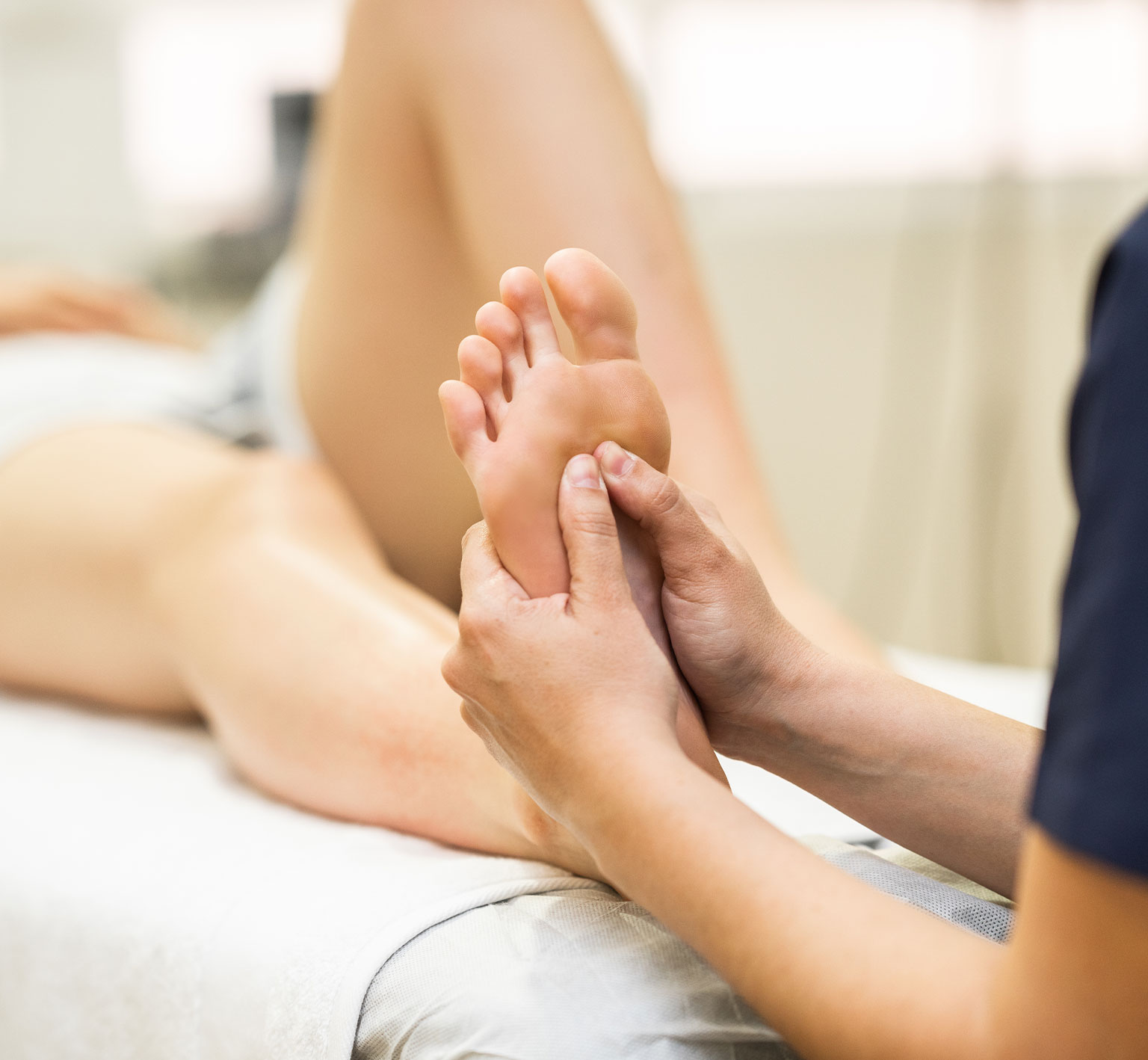Your doctor may suggest EPF if medication and devices to control foot movement have not reduced your symptoms.
Endoscopic Plantar Fasciotomy
Why You May Need EPF
EPF (Endoscopic Plantar Fasciotomy) is one of the surgeries used to treat severe strain of the plantar fascia. If this ligament-like band that runs along the bottom of your foot is strained, you’re likely to have pain on the inside of your foot, where the arch and heel meet Walking and even standing may hurt. Your doctor may suggest EPF if medication and devices to control foot movement have not reduced your symptoms.
Your Physical Exam During the exam, your doctor feels for damaged ligaments, inflamed tendons, and displaced bones. An x-ray may be taken to rule out a stress fracture of the heel bone. If surgery is likely, your doctor will want to know about any medications you take. He or she also needs to know about any allergies or chronic illnesses, such as diabetes or heart disease.
Your Surgical Experience
EPF is an outpatient procedure. It takes about an hour to perform, and may be done at a hospital or a same-day surgical facility. After the procedure, you’ll be taken to a recovery area. You will be watched until you can sit up
Before Your Surgery
Follow your doctor’s instructions on when to stop eating and drinking before surgery. If you take daily medication, ask if that should be stopped as well. Once at the facility, you’ll be given consent forms to sign. Your temperature and blood pressure will be checked, and you may be trained in how to use crutches. It’s normal to feel a little nervous before surgery. If you are very worried, you may be given a sedative to help you relax.
Preparing for the Procedure
Your foot will be scrubbed and draped, and you will be given anesthesia before the procedure. If IV (intravenous) sedation and a local anesthetic are used, you will be awake, but drowsy, during surgery.


During the Procedure
Your doctor makes an incision on each side of your heel. These incisions are less than one-half inch long. Next, a special scope and camera are slipped under the fascia. This allows your doctor to watch the procedure on a nearby monitor. Your doctor then cuts the fascia near the heel bone. If you are awake, you may hear people talking and feel pressure. You should not feel pain. Tell your doctor if you do.
Risks and Complications
As with any surgery, EPF has certain risks and complications. They include infection, slow healing, an ache on the outside of the foot, nerve entrapment, and a return of symptoms. If necessary, your doctor may change to a more traditional surgery that would require a larger incision.
After Your Surgery
You may be able to walk right after EPF, but don’t overdo it. Your doctor may want you to rest and recover at home for a few days. If a compression dressing is used to control swelling, you may need to wear a special surgical shoe. The dressing is likely to be removed at the first post-op visit.
Recovering at Home Expect your foot to feel numb right after the surgery. Then, as the local anesthesia wears off, you’ll probably feel some pain. To limit pain and swelling, ice the foot for 10-15 minutes times a day. Also, raise the foot above heart level as often as you can. If you’ve been given pain medications, take them as directed.
Your First Post-Op Visit Your doctor may want to see you the first week after surgery. During this post-op visit, your incisions will be checked to make sure they are healing. The compression dressing may be replaced with a smaller surgical dressing. If this occurs, you can probably begin wearing tennis shoes.
You may be able to walk right after EPF, but don’t overdo it.

When to Call Your Doctor
Call your doctor if you have any of the following:
- Pain despite taking medications
- More than a few drops of blood at an incision site
- Signs of an infection, including fever, chills, and redness near an incision
For Best Results
As your foot heals, new tissue fills in the gap where the fascia was cut. This lengthens the fascia and reduces strain during foot movement. For best results, see your doctor as directed during the next few weeks or months. Physical therapy or stretching exercises are often prescribed to improve recovery. Wearing shoes with good support also helps.
Physical Therapy
Your doctor may order physical therapy to control swelling. Ultrasound, contrast baths, deep heat treatment, and electronic stimulation are all possible forms of therapy.
Shoes with Good Support
Wearing the right shoes can reduce the amount of strain placed on the plantar fascia. Choose low or flat shoes that lace up. Shoes that also support the heel and arch are your best choice. Your doctor may also prescribe orthoses (custom-made shoe inserts) to help control your foot movement.


